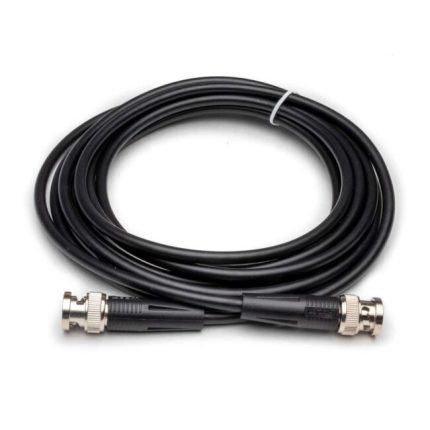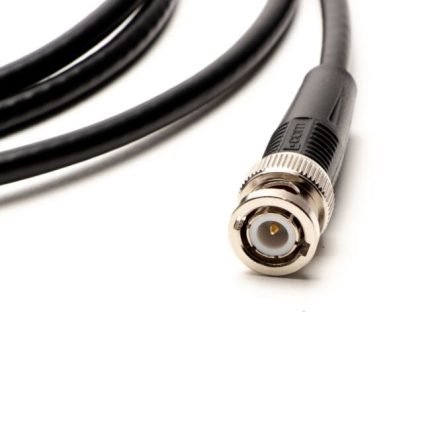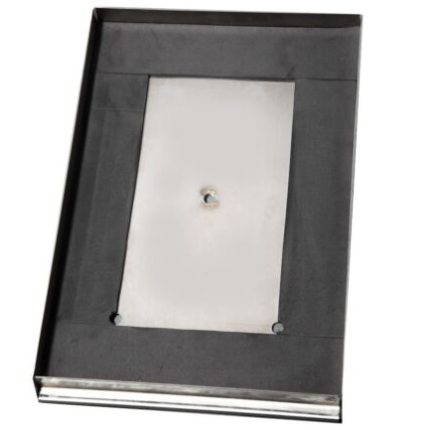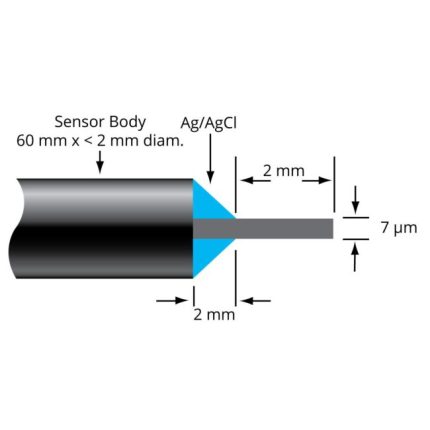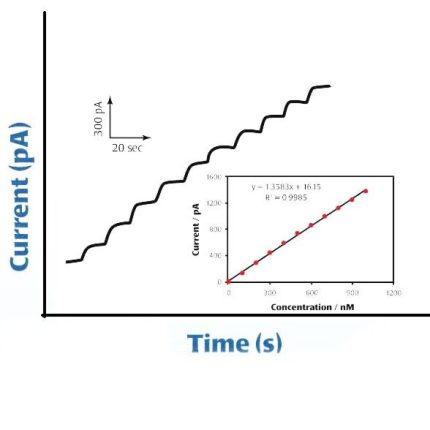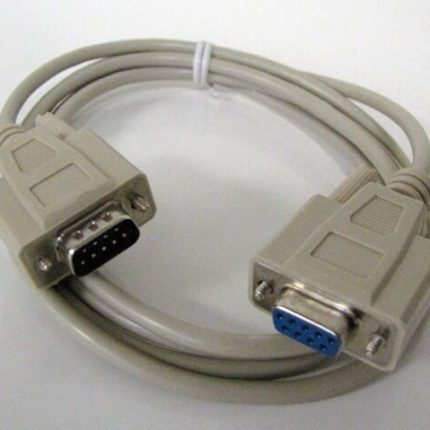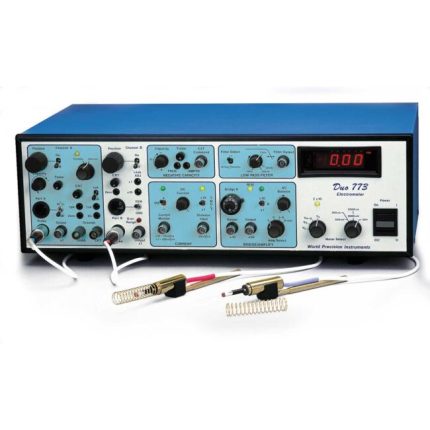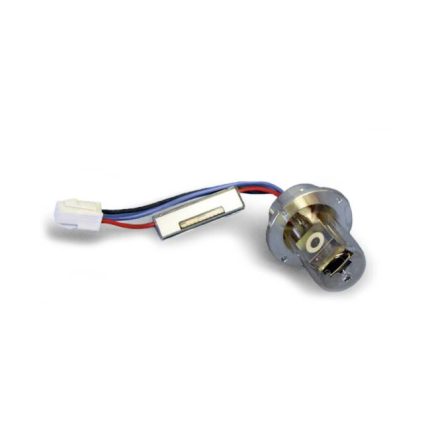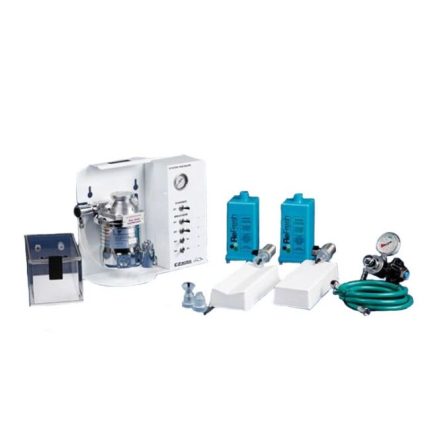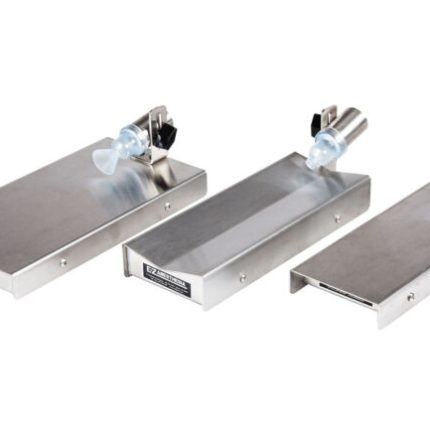| Power | 100 ~ 240 VAC, 50-60 Hz, | ||||||||||||||||||||
| Operating Temperature (ambient) | 0 – 50°C (32 – 122°F) | ||||||||||||||||||||
| Operating Humidity (ambient) | 15 – 70% RH non-condensing | ||||||||||||||||||||
| Warm up Time | < 5 min. | ||||||||||||||||||||
| Dimensions | 135 X 419 X 217 mm (5.25″ X 16.5″ X 8.16″) | ||||||||||||||||||||
| Weight | 1.35 kg (3 lb.) | ||||||||||||||||||||
| Display Functions | 18 mm (0.7″) LCD readout, 4.5 digit Polarization Voltage (mV) Current input (nA, µA) | ||||||||||||||||||||
| Controls | Power (on/off) Current Input Range Polarization Voltage |
||||||||||||||||||||
| Analog Output Range | ±10 V (continuous) | ||||||||||||||||||||
| Analog Output Impedance | 10 KΩ | ||||||||||||||||||||
| Channel to Channel Isolation | >10 GΩ | ||||||||||||||||||||
| Channel to Output Isolation | >10 GΩ | ||||||||||||||||||||
| Power Supply to AC Line Isolation | >100 MΩ | ||||||||||||||||||||
| Analog Output Drift | < 10 pA/hr. | ||||||||||||||||||||
| Temperature Input: Number of Channels | 1 | ||||||||||||||||||||
| Temperature Input: Sensing Element | Platinum RTD, 1000 Ω | ||||||||||||||||||||
| Temperature Input: Range | 0-100°C | ||||||||||||||||||||
| Temperature Input: Accuracy | ± 1°C | ||||||||||||||||||||
| Temperature Input: Resolution | 0.1°C | ||||||||||||||||||||
| Temperature Input: Analog Output | 31.25 mV/°C (continuous) | ||||||||||||||||||||
| Amperometric Input: Number of Amperometric Channels | 4 | ||||||||||||||||||||
| Amperometric Input: Signal Bandwidth | 0-3 Hz | ||||||||||||||||||||
| Amperometric Input: Polarization Voltage (selectable via rotary switch) Nitric Oxide | 865 mV | ||||||||||||||||||||
| Amperometric Input: Polarization Voltage (selectable via rotary switch) Hydrogen Sulfide | 150 mV | ||||||||||||||||||||
| Amperometric Input: Polarization Voltage (selectable via rotary switch) Hydrogen Peroxide | 450 mV | ||||||||||||||||||||
| Amperometric Input: Polarization Voltage (selectable via rotary switch) Glucose | 600 mV | ||||||||||||||||||||
| Amperometric Input: Polarization Voltage (selectable via rotary switch) Oxygen | 700 mV | ||||||||||||||||||||
| Amperometric Input: Polarization Voltage (selectable via rotary switch) ADJ (user adjustable) | ± 2500 mV | ||||||||||||||||||||
| Polarization Voltage Accuracy | ± 5 mV | ||||||||||||||||||||
| Polarization Voltage Display Resolution | ± 1mV | ||||||||||||||||||||
| Current measurement Performance: |
|
||||||||||||||||||||
| Notes: | *Instrument performance is measured as the (max-min) over 20 seconds period with open input. Typical values are given at 3 Hz and 0.3 Hz bandwidth. | ||||||||||||||||||||
| Typical sensor performance with TBR4100: ISO-NOPF100 noise | 0.2 nM NO (< 2pA **) | ||||||||||||||||||||
| Notes: | **Sensor noise is measured as the (max-min) over a 20 seconds period with the sensor immersed in 0.1 M CuCl2 solution. |
Product was successfully added to quote request.View Your Quote Cart
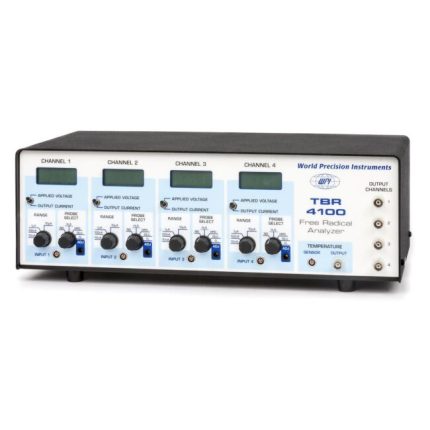
FOUR-CHANNEL FREE RADICAL ANALYZER
$9,831.00 – $11,317.00Price range: $9,831.00 through $11,317.00

ISO-COP-2 CARBON MONOXIDE SENSOR - 2MM
$1,354.00
ONE-CHANNEL FREE RADICAL ANALYZER
$4,914.00
Сatalog number:
TBR1025
Categories: Analyzers, Instruments/Platform, TBR1025 Analyzer
Description
Shipping & Delivery
Related products
BNC to BNC Cable
$40.00 – $47.00Price range: $40.00 through $47.00
Our BNC-to-BNC Coaxial Cables come in a variety of lengths, from 6 inches to 10 feet, and work well with our electrophysiology equipment and meters. These cables have a metal, male BNC connector on both ends of the cable. BNC (Bayonet Neill-Concelmen) connectors have a bayonet-style locking mechanism that provides a secure connection. These coaxial cables have an impedance of 50 ohms (RG58U style). The cables have excellent shielding from electromagnetic interference and radio frequency interference, which is perfect for electrophysiology laboratories. The length of your cable can affect the signal quality, so choose the shortest cable that is long enough for your application. Learn More
Euthanex Lid Gaskets
$48.00 – $85.00Price range: $48.00 through $85.00
Micro Nitric Oxide Sensors
$1,027.00 – $1,074.00Price range: $1,027.00 through $1,074.00
The ISO-NOP007 has a tip diameter of just 7 microns and a length of 2mm. The response is linear over a wide dynamic concentration range of NO. The design is based on a single carbon fiber coated with WPI's NO-selective membrane. A detection limit of approximately 1 nM NO makes this electrode ideal for use in tissues and microvessels.
Duo 773 Electrometer
$0.00
Digital Anesthesia System
$7,765.00
E-Z Anesthesia® has taken the vaporizer to the next level. In an era of advancing technology, people have asked for the vaporizer to follow along with the digital trend. E-Z Anesthesia has taken the best of the both worlds and combined them into a very reliable, user-friendly, state-of-the-art system. The Digital Anesthesia System, AD-5000, enhances the always reliable TEC 3 vaporizer.


